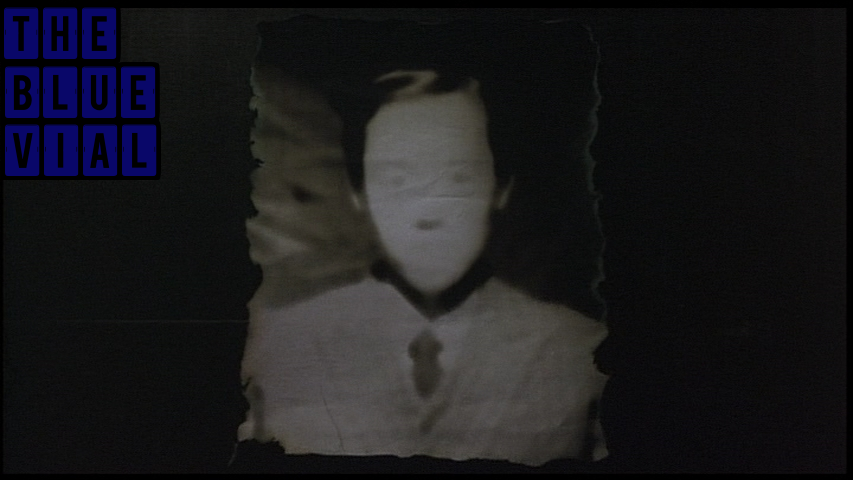




The images above are from Frank Borzage's lovely contribution (one of three he would make) to the "Screen Directors Playhouse" series, entitled Day Is Done (1955). As so often in Borzage, we are presented with a simple love story, played out over a hazy, perilous social backdrop. The backdrop in this case being the Korean War, and the love story being, atypically, not of the romantic male-female variety with which Borzage is so commonly associated, but rather the love of music that is shared by and binds together two male soldiers: a distant, dispirited sergeant (Rory Calhoun) and a green, eager-eyed private (Bobby Driscoll). The pair, each a musician before entering the war, find a bugle on the body of a slain Korean soldier while out on reconnaissance patrol one night, and as they each take turns with the instrument, eyes become glazed over, piercing time and flooding them with memories from what might as well have been a previous life, memories that literally melt onto the screen as the sergeant fondly recalls the crisp pride with which the job of the bugler was once carried out, and it becomes clear that the music produced from the bugle is providing for these men an intimate refuge no less than that of the apartment in Seventh Heaven or the hovel in Man's Castle.
It would make sense to assume that the restrictions of the half hour television format would do no favors to a director who by this point was considered (barring Moonrise) long past his prime, but this is very much a deeply felt piece of Borzage, with his spare, compressed mise-en-scene, his commitment to foregrounding human drama at the expense of supplemental space translating pretty much untouched, as does, more surprisingly given the length, the air of unhurried leisure with which moments and events are normally allowed to play out in his worlds. Though in this world, alas, the reality of the situation does not ultimately give itself over to the transcendent; here a death is a death is a death, with grief finding expression only through a weary, impromptu performance of "Taps", both an act of solemn farewell and the solidification of another memory.


